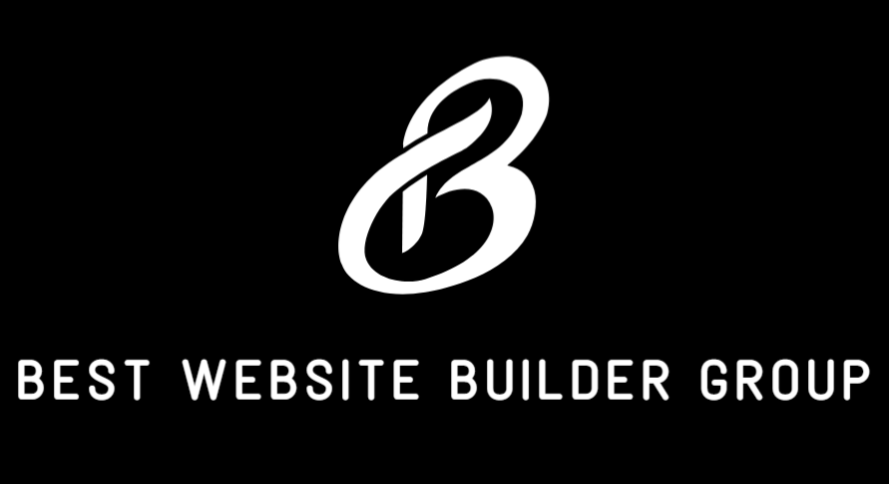Images are an essential component of any website, impacting everything from aesthetics and user engagement to site speed and search engine optimization (SEO). However, using improperly sized images can negatively affect performance, leading to slow loading times and poor user experience. Understanding what size image to use on WordPress ensures that your website remains visually appealing while also being optimized for speed and efficiency. Let’s go over what size image to use on WordPress.

Why Image Size Matters for WordPress
Selecting the correct image size for WordPress is crucial for multiple reasons. Large images can slow down your website, leading to increased bounce rates and reduced search rankings. On the other hand, images that are too small or poorly compressed can appear pixelated or blurry, diminishing the professional appearance of your site. The key is to strike the right balance between quality and performance.
WordPress automatically generates different image sizes when you upload an image, but choosing the optimal dimensions before uploading can prevent unnecessary storage use and ensure the best display on various devices.

Understanding WordPress Default Image Sizes
When an image is uploaded to WordPress, the system generates multiple versions of the image in different sizes. The default sizes include:
- Thumbnail (150×150 pixels): Used for small previews, often in galleries or blog post thumbnails.
- Medium (300×300 pixels): Suitable for content areas where moderate-sized images are needed.
- Large (1024×1024 pixels): Ideal for full-width blog post images or sections requiring high-resolution visuals.
- Full Size (Original dimensions): The unaltered version of the uploaded image, which may be too large for web display if not optimized properly.
Although these sizes exist by default, WordPress allows customization of these dimensions in the media settings. This flexibility is particularly useful when designing websites with specific aesthetic and performance requirements.

Choosing the Right Image Size for Different Uses
Different sections of a WordPress website require specific image sizes to maintain design consistency and performance. Understanding where and how images are used will help determine the best dimensions to select before uploading.
Blog Post Images
For blog content, featured images are often displayed at full width within a post. A width of 1200 pixels is a good standard for featured images, ensuring they appear sharp on high-resolution screens without being unnecessarily large. Inline images within the blog content should typically be 800 pixels wide to maintain readability and layout integrity.
Background and Hero Images
Hero images or full-screen background images serve as visual statements on homepage banners and landing pages. These images should be at least 1920×1080 pixels to ensure they look high-quality on large desktop screens. However, they must also be optimized and compressed to prevent slow loading times.
Product Images for eCommerce
If you are running an online store with WooCommerce, product images play a crucial role in attracting customers. The recommended size for WooCommerce product images is 800×800 pixels for standard product displays, while high-resolution product photos can be 1000×1000 pixels or larger to provide zoom functionality without losing detail.
Logo and Icon Sizes
Logos and icons should be smaller in size to fit neatly within headers, menus, or footers. A good starting point for logo dimensions is 250×100 pixels, ensuring the branding remains clear without taking up too much space.

The Role of Image Compression
Even if an image is appropriately sized, large file sizes can still hinder website performance. Compression reduces the file size without significantly sacrificing quality. There are two types of compression: lossless compression, which preserves all details but may not reduce the file size dramatically, and lossy compression, which removes some data to achieve higher compression levels.
Using image optimization tools such as TinyPNG, ShortPixel, or WP Smush can help reduce image sizes while maintaining visual quality. Converting images to the WebP format, which is more efficient than traditional JPEG or PNG files, can also improve page load times significantly.

Responsive Images for Mobile Optimization
With a large portion of web traffic coming from mobile devices, ensuring images are responsive is vital. Responsive images automatically adjust based on the user’s screen size, preventing oversized images from slowing down mobile browsing. WordPress includes built-in support for responsive images, but properly setting up CSS media queries and ensuring images scale appropriately is essential for maintaining mobile performance.
Image SEO and Accessibility
Optimizing images goes beyond size; it also involves SEO best practices. Search engines rely on image file names, alt text, and captions to understand the content of an image. Naming files descriptively (e.g., “blue-mountain-sunset.jpg” instead of “IMG1234.jpg”) helps with search visibility. Including alt text not only improves SEO but also enhances accessibility by providing screen readers with descriptions of the images.
Avoiding Common Image Size Mistakes
A few common mistakes can negatively impact site performance and usability. These include:
- Uploading excessively large images without compression, leading to slow loading times.
- Using images that are too small, resulting in pixelation when scaled up.
- Failing to specify image dimensions in the website’s code, causing layout shifts as images load.
- Not utilizing lazy loading, which defers offscreen images from loading until they are needed, improving initial page speed.
How Best Website Builder Group Can Help
At Best Website Builder Group, we understand that choosing the right image size for WordPress is just one piece of the puzzle when optimizing website performance. We offer professional web development, hosting, and SEO services to ensure your website is fast, responsive, and visually appealing. Our team helps businesses optimize images, implement compression techniques, and fine-tune WordPress settings to achieve optimal performance.
A well-optimized website not only improves user experience but also enhances search rankings, ensuring your business stands out online. If you need assistance with WordPress image optimization or any other aspect of web development, we’re here to help you build a high-performing site that drives results.
